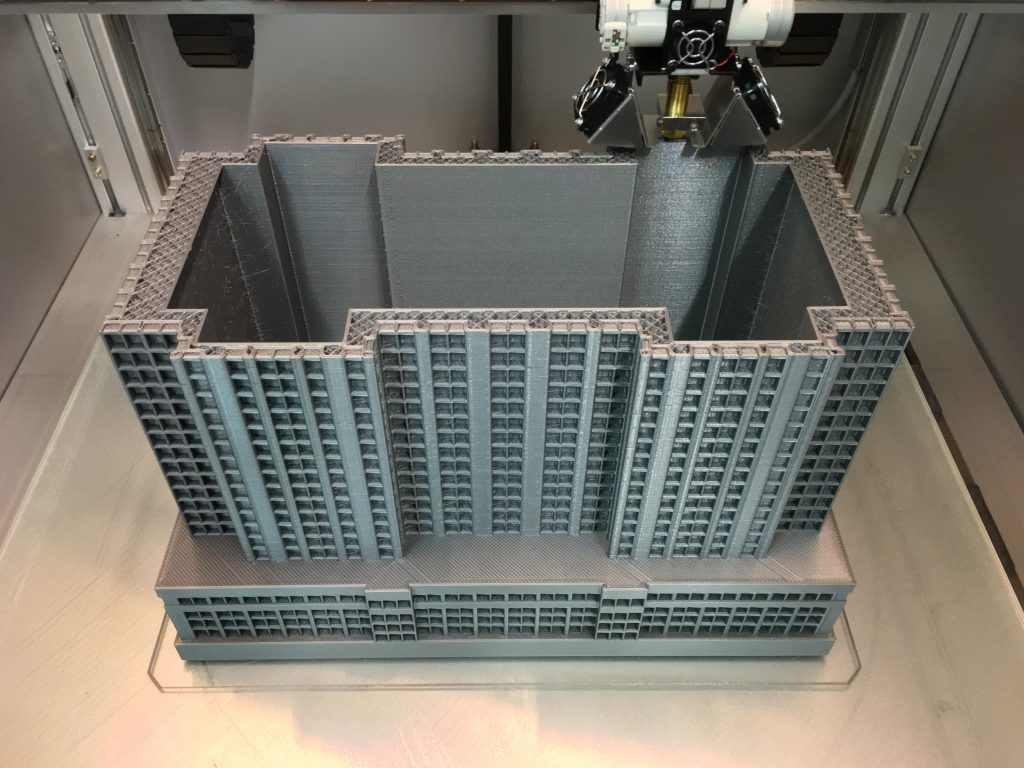Civil engineering is one of the oldest branches of engineering which deals with all works related to civil people. This is also known as Mother of all branches of engineering. The civil engineering profession consists of work with the design, construction, and maintenance of the physical built environment such as buildings, roads, bridges, dams, canals etc.
There is no other alternative to civil engineering for the overall development of mankind. It has therefore very wide field, scope and application.
Scope of Civil Engineering
The engineering wonders of the world starting from the Egyptian Pyramids to today’s modern skyscrapers are the result of the development of civil engineering works. Civil engineering provides building, water distribution schemes, irrigation works communication facilities like road, railway, bridge, docks, harbours, etc. Now you can imagine the vital role of civil engineering in our everyday life.
Branches of civil engineering:
The branches of civil engineering are given below:
Structural Engineering
It deals with structural design and structural analysis of buildings, bridges, towers, flyovers, tunnels and other structures.
Geotechnical Engineering:
It deals with the study of properties and behaviour of soil under loading and changing conditions. It helps to analyze the structure and make it possible to decide the type of foundation for a structure.
Transportation Engineering:
It deals with the transportation of people and materials through a good network of communication. The main sources for transportation are land, water and air. Hence it is subdivided into highway engineering, railway engineering, bridge engineering, harbour engineering, marine engineering and airport engineering.
Environmental Engineering:
These engineers specialize in water and wastewater projects, land remediation, aqueducts, and solid waste disposal. This field is currently one of the fastest-growing of all engineering specialities. Billions of dollars are being allocated for water and wastewater treatment, for methods of processing solid wastes, and for cleaning up hazardous waste dumping sites.
Irrigation Engineering:
It deals with economic water storing and harnessing of various resources of water by constructing dams, reservoirs, canals, headworks and distribution channels to the cultivable lands.
Surveying Engineering:
Surveying is the fundamental branch of civil engineering since all civil engineering work requires survey map before starting any important engineering project, such as the construction of buildings, roads, railways, bridges and dams etc.
There are still some sub-disciplines of civil engineering such as earthquake engineering, foundation engineering, remote sensing engineering, ocean engineering, etc.

Applications of civil engineering to allied fields:
1. Mechanical Engineering:
- Factory building, location, design and erection.
- Foundation design for installation of machinery.
2. Electrical Engineering:
- Alignment of transmission line towers with accuracy, design and erection of powerhouse.
3. Telecommunication Engineering:
- Transmission and receiving tower location, design and erection.
4. Chemical Engineering:
- Factory design
- Construction of chemical storage plants
- Provision of water supply and wastewater treatment
5. Aeronautical Engineering:
- Design and construction of control tower, runway, terminal
6. Automobile Engineering:
- Design and construction of the workshop
Role of Civil Engineers
Civil Engineers shape the history of nations around the world. You can’t imagine life without the contributions of Civil Engineers to maintain the standard of living, safety and public health. Civil Engineers work closely with other professionals, such as architects, consultants, contractors, suppliers for their project. Mostly they look after part of plumbing, electrical works. Different types of field and lab testing for the reliability and durability of structure and materials. Working with software for planning, design and billing activities at the office, and other various types of documentation, paper works. etc..
List of software uses in the civil engineering field
- Auto CAD
- STAAD PRO
- ETABS
- REVIT
- PRIMAVERA P6
- QGIS
- CALQUAN
- MS PROJECT
- SKETCHUP
- SAP2000
- MS EXECEL
- MS OFFICE
- 3DS MAX
- MX ROAD


Love to see a website related to my field and getting the knowledge in the same way a given by our professors
thank
Very informative